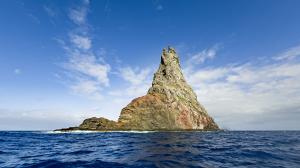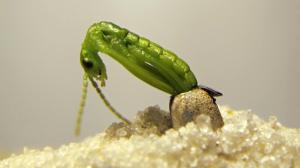Lord Howe Island
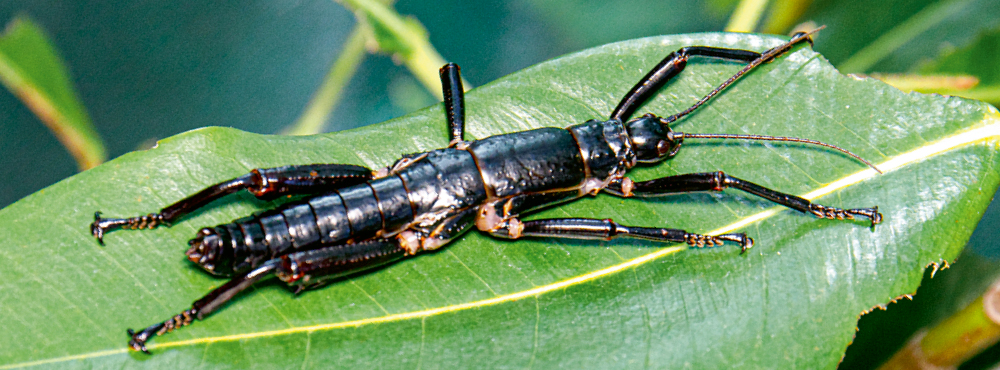
The Lord Howe Island stick insect (Dryococelus australis) originally inhabited Lord Howe Island, lying in the Tasman Sea, at the southern edge of the Pacific Ocean, approximately 700 km northeast of Sydney. It is crescent-shaped, formed from an eroded volcano, and measures 12 km in length and 3 km in width.
 Lord Howe Island. Photo: Juergen Wallstabe / Shutterstock
Lord Howe Island. Photo: Juergen Wallstabe / Shutterstock
The island, which had until then been uninhabited, was discovered in 1778 by the crew of the ship Supply. Captain Henry Lidgbird Ball named it after his superior, Richard Howe, while he used his own name for Ball’s Pyramid—a jagged volcanic pinnacle rising from the sea 23 km further southeast.
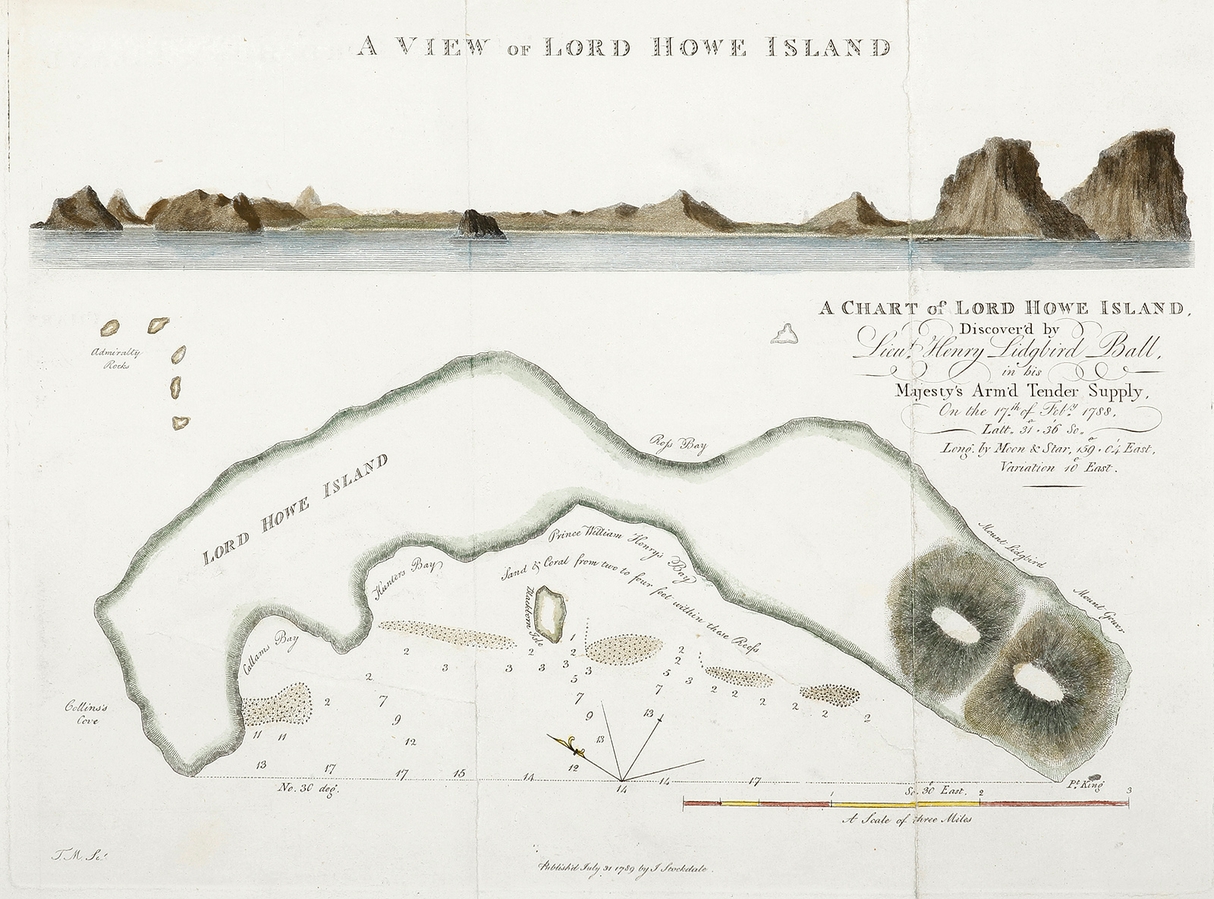
The first engraved map, printed in London on 31 July 1789, depicting a view of Lord Howe Island. Mapmaker: John Stockdale
The giant stick insects of the Lord Howe Island, then abundant, grew up to 15 cm long and had exceptionally strong, robust bodies. European colonists began referring to them as “tree lobsters.” They were the world’s heaviest flightless insects and played a crucial ecological role as so-called ecosystem engineers—species that shape the environment through their activities. Settlers appreciated them as an effective bait for fishing. Less welcome, however, was their habit of entering roofs and walls of houses, where they made uncanny sounds at night.
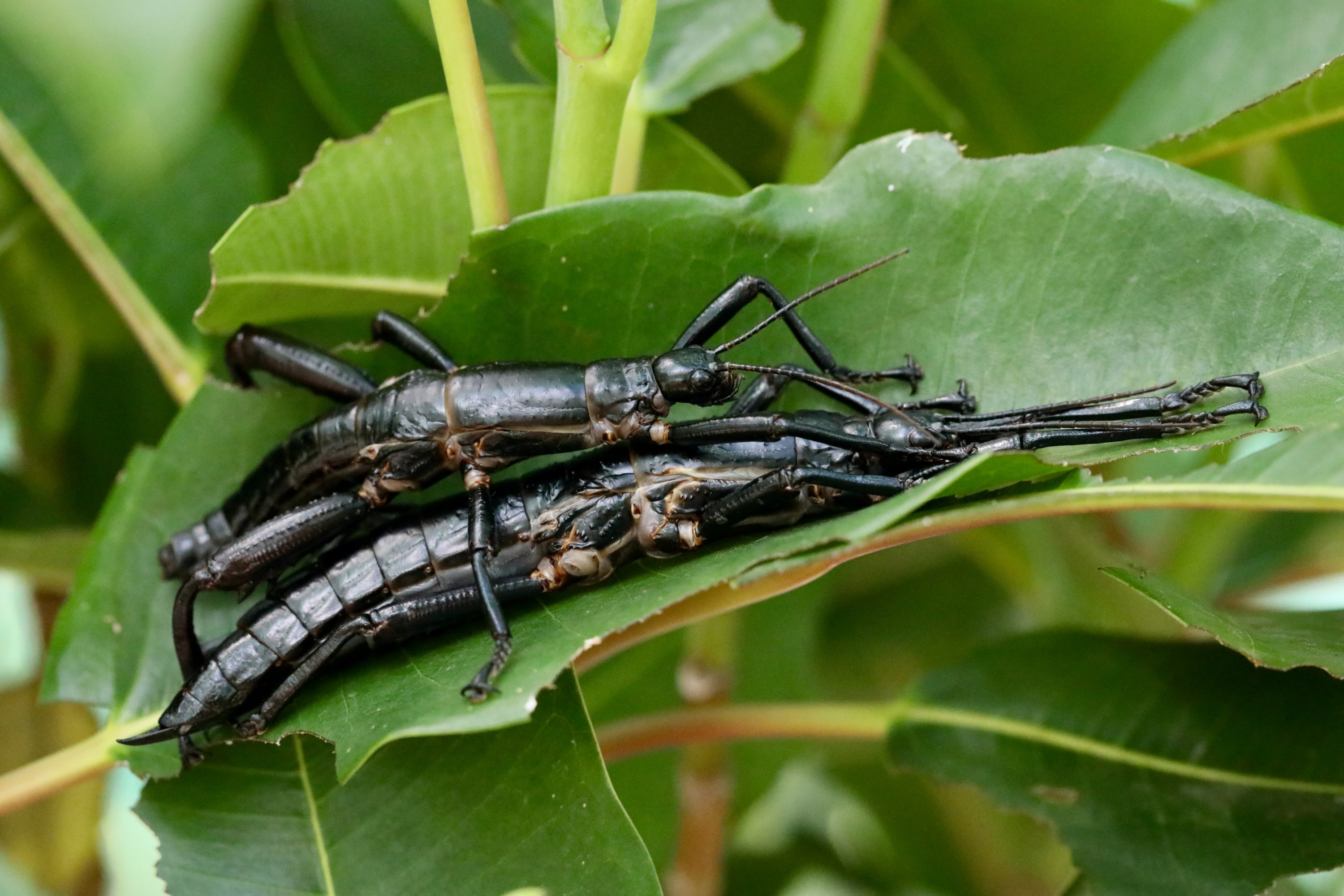
Lord Howe Island tree lobster (Dryococelus australis). Photo: Rohan Cleave, Zoos Victoria
Rat plague
Everything changed on 16 June 1918, when the British steamship S.S. Makambo ran aground near the island. After striking a submerged rock, the crew jettisoned a cargo of bananas to lighten the vessel. Along with them, ship rats made their way into the paradise of the giant phasmids, quickly discovering the insects as an excellent food source. Although repairs on the ship lasted only nine days, by the time the British departed, they had left behind unwanted guests that sealed the fate of the phasmids. Within two years, the once-thriving colonies of Lord Howe Island stick insects had vanished, and by the 1930s, the species was considered extinct.

A stamp depicting the steamship Makambo was issued by the Solomon Islands Post to commemorate the 200th anniversary of Australia's colonisation
The stick insects were not the only victims of the introduced rats. Besides damaging the island’s economy, the rodents played a major role in the extinction of five endemic bird species and at least thirteen species of invertebrates.
Unique wildlife
Today, more than 200 bird species are at least occasionally observed on Lord Howe Island and the surrounding cliffs, which are important nesting sites for seabirds and a vital habitat for numerous endangered or endemic species. The most remarkable among birds is the flightless Lord Howe woodhen (Gallirallus sylvestris), found nowhere else on Earth. At one point, it was among the most endangered bird species in the world—by the 1980s, only 15 individuals remained. Thanks to rigorous conservation efforts, its numbers are now recovering.
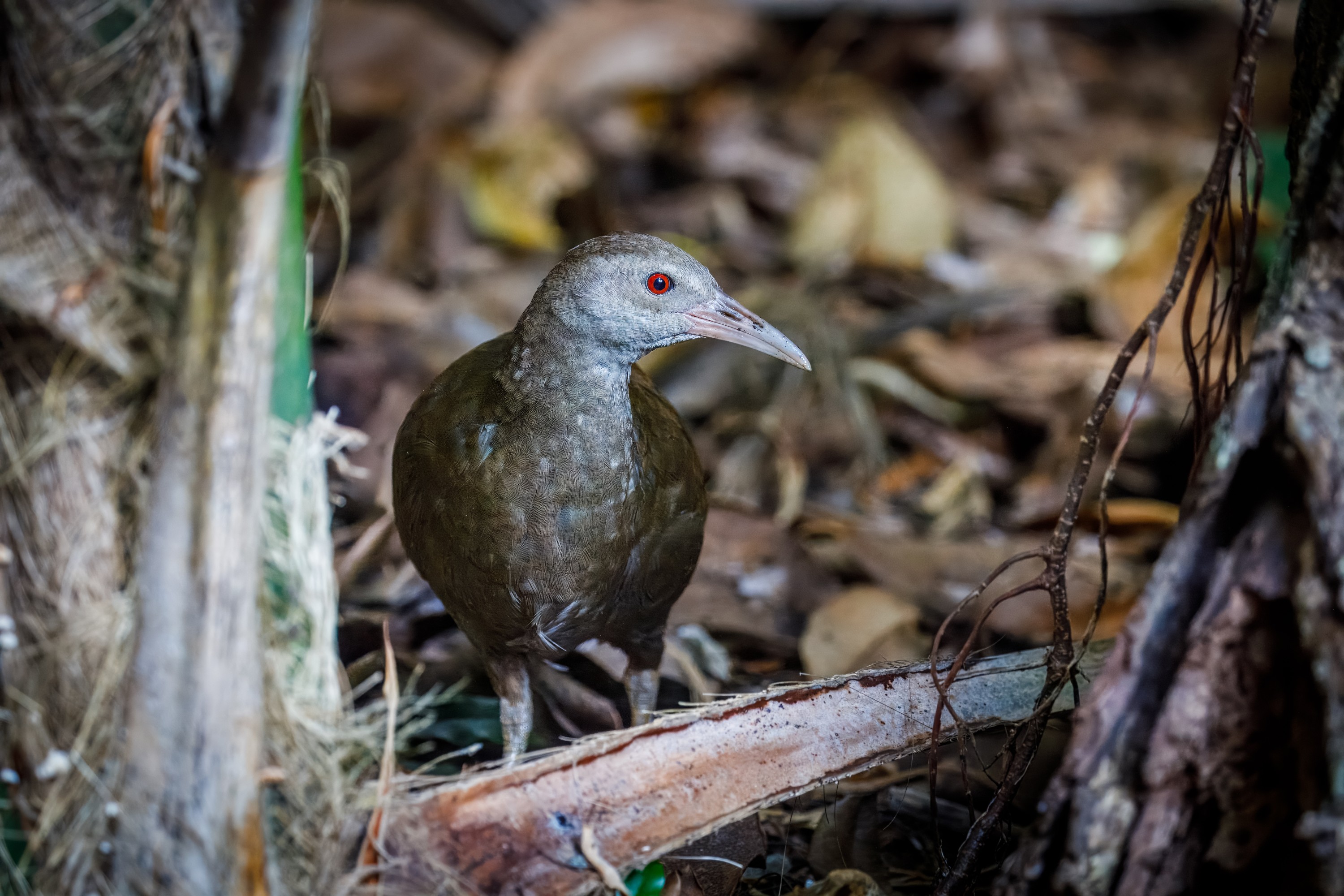
Lord Howe woodhen (Gallirallus sylvestris). Photo: Miroslav Bobek, Prague Zoo
In the waters surrounding Lord Howe Island, two marine ecosystems converge—tropical and temperate—creating a unique environment that hosts the southernmost coral reefs on the planet. The protected marine park, covering an area almost half the size of the United Kingdom (110,126 km²), is home to marine creatures that would normally never meet, ands hosts several endemic species of fish. One of them is the Ballina angelfish (Chaetodontoplus ballinae), a beautifully coloured, protected fish that can be sighted while scuba diving in only one place on Earth—off the coast of Ball’s Pyramid.
Due to its exceptional natural value and biodiversity, Lord Howe Island group is listed as a UNESCO World Heritage Site.
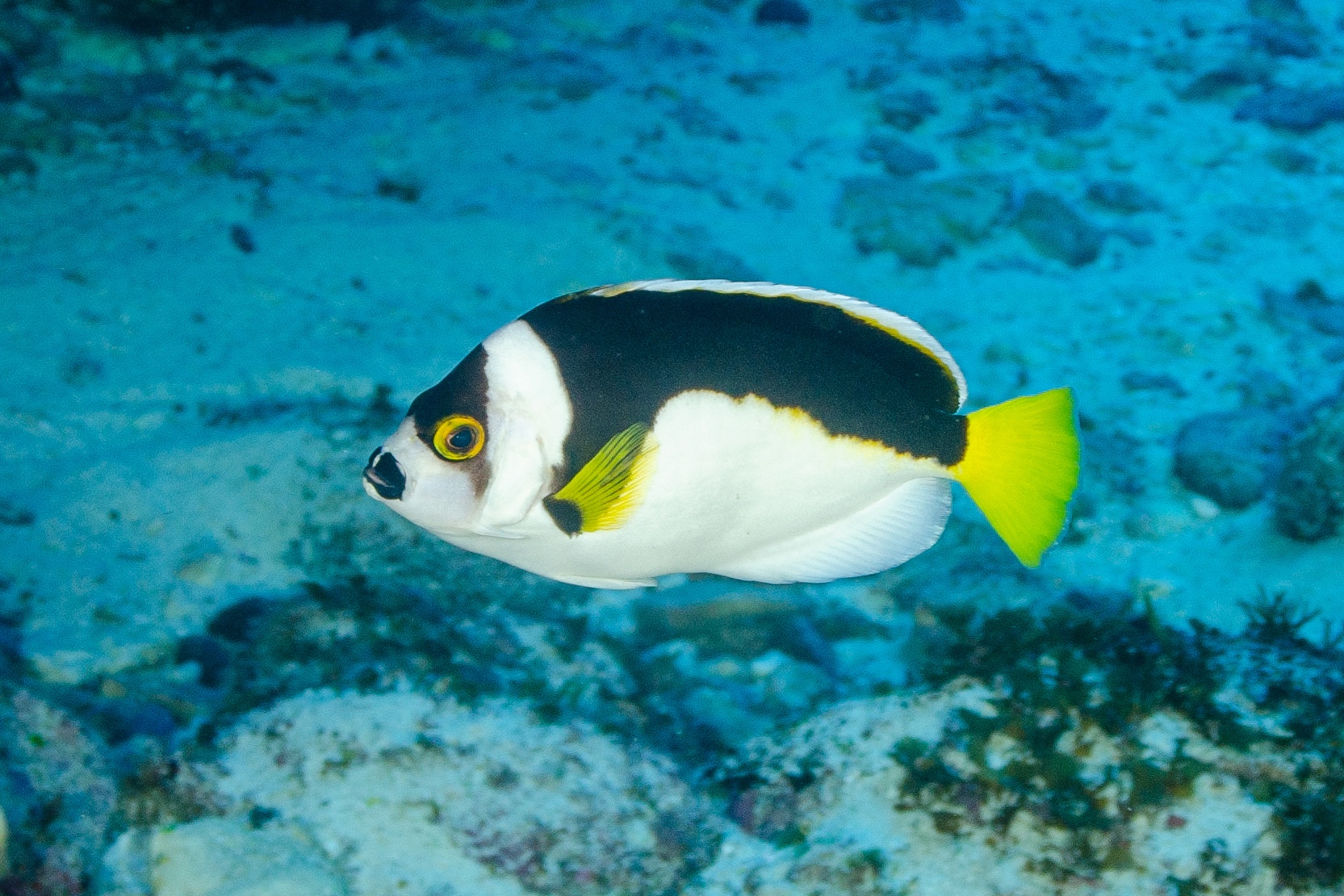
Ballina angelfish (Chaetodontoplus ballinae). Photo: Ian Shaw
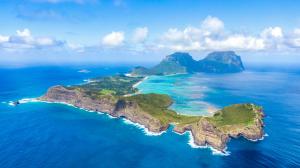
The Lord Howe Island stick insect (Dryococelus australis) originally inhabited Lord Howe Island, lying in the Tasman Sea, at the southern edge of the Pacific Ocean, approximately 700 km northeast of Sydney. It is crescent-shaped, formed from an eroded volcano, and measures 12 km in length and 3 km in width.
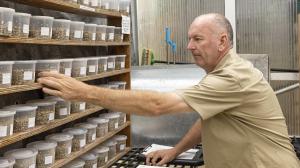
After the discovery of the live Lord Howe Island stick insects on Ball’s Pyramid in 2001, it was decided to establish a conservation breeding programme for the species. Over the years, a total of five specimens were collected from the sea stack. Thanks to the dedication and immense efforts of conservation teams working to...
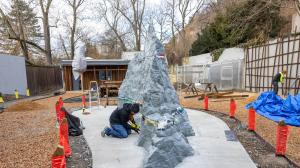
In the unique Ball’s Pyramid exhibit, you will see both the Lord Howe Island stick insects themselves, which were long considered an extinct species, and a scaled-down model of the rocky sea stack where they survived. Discover the story of faith, enthusiasm, and immense effort that has been put into saving a species that...
ZOOPRAHA.CZ
Contacts
- The Prague zoological garden
U Trojskeho zamku 120/3
171 00 Praha 7
Phone.: (+420) 296 112 230 (public relations department)
e-mail: zoopraha@zoopraha.cz
Others


